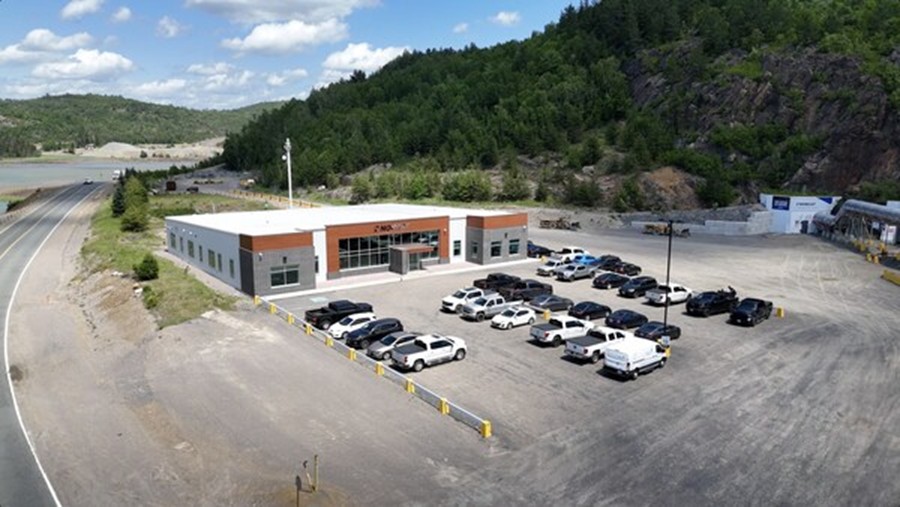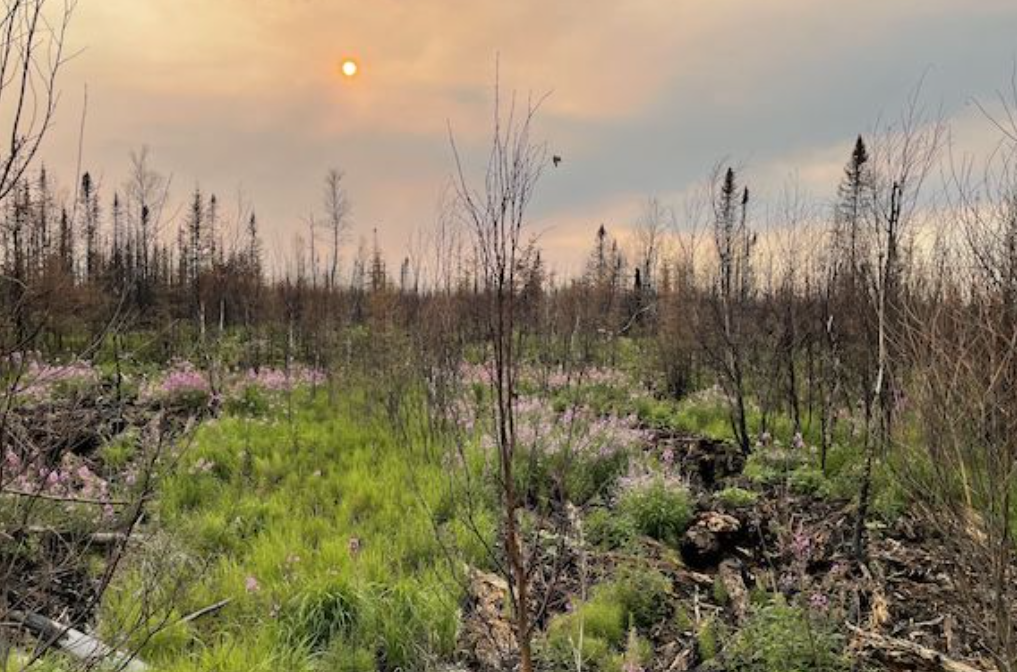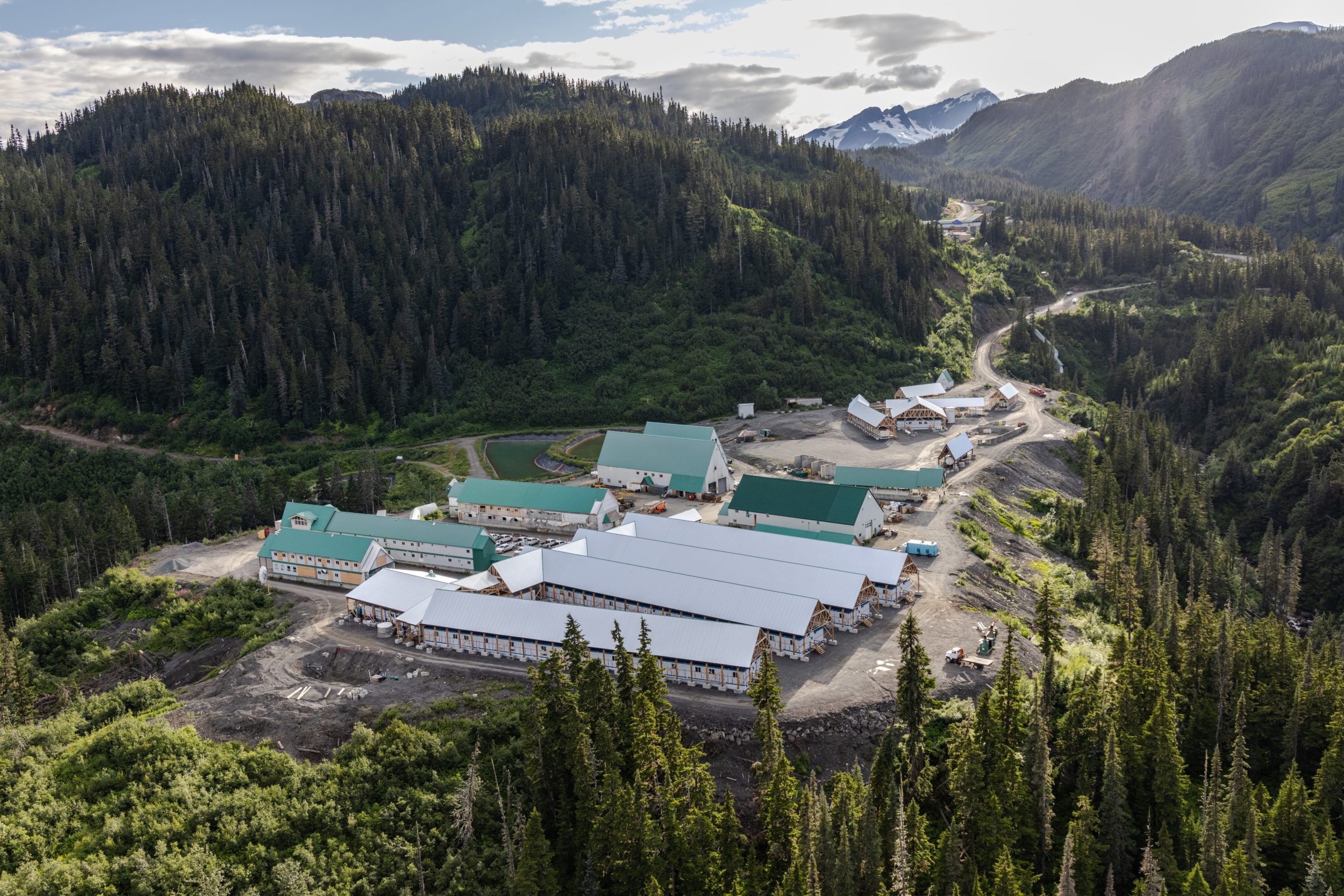Capstone Mining Corp
hen you talk about Yukon mining, one of the first names that comes to mind is “Minto,” because not only is it the only producing hard-rock mine in the Territory, but it’s also one of the more productive copper-mining operations of its kind in Canada.
Located near Carmacks, about 250 km northwest of Whitehorse, Minto is an open-pit operation owned and operated by Capstone Mining. It’s not a new mine by any means, because it’s been around since the early 1970s and mined on and off ever since; but it wasn’t until 2007, when Capstone Mining took over the property, that it really started to make a name for itself.
With current production set at about 3,200 tonnes-per-day, the Minto mine expects to produce about 38 million to 41 million pounds of copper concentrates this year from its open-pit operation, with much higher qualities expected when the mine goes to a second open pit and to underground mining in the near future.
In the meantime, reserves at Minto stand at 10.9 million tonnes grading 1.64% copper with measured and indicated resources of 29.9 million tonnes grading 1.25% copper and inferred resources of 6.5 million tonnes of 1.0% copper.
As traditional with Yukon mines, the onset of freshet (usually mid-April to late May) can cause problems with open-pit mines. So to counter any problems, Capstone stockpiled almost 995,000 tonnes of ore outside of its Minto pit (enough to sustain milling for the remainder of the year); they installed a water conveyance network to divert water around the site; and they installed a new water treatment plant.
Continuing exploration at the Capstone property recently resulted in a new high-grade copper-gold discovery called “Wildfire” at the Minto site. The Wildfire discovery was made as a result of testing of an extensive geophysical anomaly detected during a deep-penetrating Induced Potential (IP) survey.
The Wildfire IP chargeability anomaly measures more than 900 m north-south by more than 250 m east-west with mineralization being principally comprised of chalcocite, along with lesser bornite, chalcopyrite and native copper.
Two drills worked the Wildfire discovery last year, resulting in about 30 holes and 6,000 m. The discovery hole assayed 5.2 m grading 3.7% copper within 10.8 m of 2.4% copper.
As alluded to earlier, Capstone Mining hopes to expand its Minto Mine operation to possibly include a second pit and underground mine but, as with all mining proposals, it must still go through the permit and licensing stages. However, here is some of what Capstone Mining is planning for its Minto site.
Because the company’s “life-of-mine” plan is based on the parallel development of open-pit and underground mineralization, development will be split into two phases: permitting for development and underground extraction as well as underground exploration; and subsequent permitting for the open-pit mining.
Capstone says there will be a staged increase in mill throughput to 4,000 tonnes per operating day, resulting in a sustained 1.46 million tonnes of ore per year and mining will extract an estimated 9.9 million tonnes of measured and indicated mineral resources over an estimated six-year period with average grades of 1.7% copper, 0.66 g/t gold, and 6.1 g/t silver, for a contained 361 million pounds of copper, 210,000 oz of gold and 1.9 million oz of silver.
These are just some of the reasons Capstone Mining has faith in its Minto property and why the deposit near Carmacks, Yukon is known worldwide.





Comments